A hammer wrench, also known as a striking wrench, is a powerful hand tool designed for loosening or tightening stubborn nuts and bolts. This article will explore the different types of hammer wrenches, focusing on the straight point and 6 point variations, and help you choose the best option for your needs. Whether you're in construction, carpentry, or any industry requiring robust fastening solutions, understanding the nuances of these tools is crucial for efficiency and safety.
What Exactly is a Hammer Wrench and When Do You Use One?
A hammer wrench, often called a striking wrench or slug wrench, is a non-adjustable wrench specifically designed to be struck with a hammer. Unlike standard wrenches, the end of a hammer wrench features a robust, thickened section designed to withstand repeated strikes. This allows the user to apply significant impact force to loosen or tighten extremely tight or corroded fasteners. You would typically use a hammer wrench when standard wrenches or other methods fail to provide enough leverage or force. These situations are common in heavy machinery maintenance, bridge construction, pipeline work, and various other industrial settings. When a bolt or nut refuses to budge, the controlled strike of a hammer on the wrench can make all the difference.
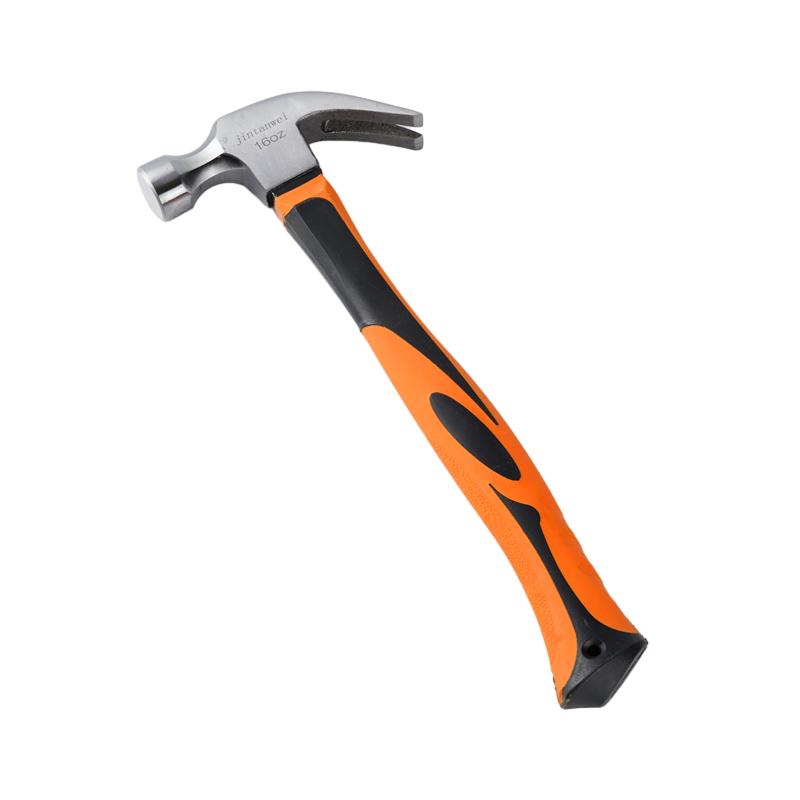
Think of it this way: sometimes you just need a little extra persuasion. A regular wrench relies solely on manual force, which can be limited. A hammer wrench, however, combines the leverage of a wrench with the kinetic energy of a hammer strike, delivering a powerful rotational force. This is especially useful for freeing fasteners sticking due to rust, seizing, or over-tightening. In essence, the hammer wrench acts as a force multiplier, allowing even a single worker to tackle tasks that might otherwise require multiple people or more complex tools.
Straight Point vs. 6 Point Hammer Wrenches: What's the Difference?
The primary difference between a straight point and a 6 point hammer wrench lies in the configuration of the opening that grips the nut or bolt. A 6 point hammer wrench has a hexagonal opening that fits snugly around the six flat sides of a standard hex fastener. This design provides a large contact area, distributing the force evenly and minimizing the risk of rounding off the corners of the nut or bolt, especially under heavy impact.
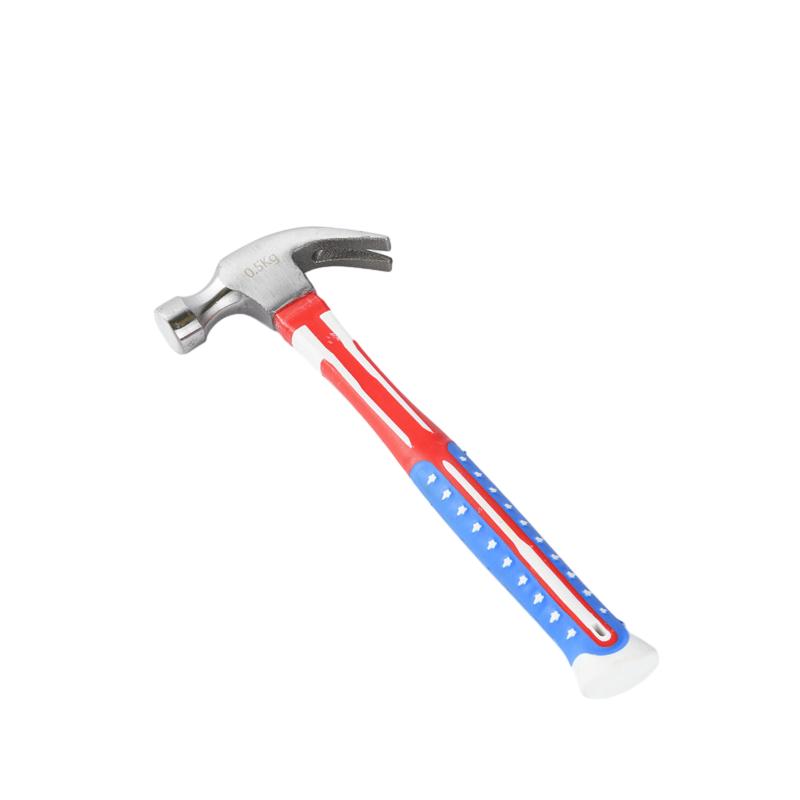
A straight point striking wrench, on the other hand, has a simpler, often open-ended or less enclosed design at the point of contact. The force applied through the strike is concentrated on a smaller area. While this can be effective for certain applications, it’s generally less forgiving and can be more prone to slipping or damaging the fastener if not used carefully. The "straight" refers to the flat, often continuous striking surface at the end of the wrench, designed for direct hammer blows.
Why Choose a 6 Point Hammer Wrench for Heavy-Duty Applications?
For demanding, heavy-duty applications, a 6 point hammer wrench is often the preferred choose. The full engagement of the 6 point opening around the nut or bolt maximizes the gripping power. This is critical when dealing with high torque requirements or particularly stubborn fasteners. The even distribution of force prevents stress concentration on the corners of the fastener, significantly reducing the likelihood of rounding, which can render the nut or bolt impossible to remove. In industries like construction and heavy equipment maintenance, where fasteners are often large and heavily tightened, the robust grip of a 6 point wrench is essential for safety and efficiency.
Consider the scenario of replacing a massive bolt on a bridge beam. The bolt has likely been subjected to significant stress and environmental corrosion. Attempting to loosen it with a standard wrench might result in slippage or damage. A 6 point hammer wrench, coupled with controlled hammer strikes, provides the necessary force and secure engagement to break the fastener free without compromising its integrity. This also reduces the risk of injury to the user, as a secure grip minimizes the chance of the wrench slipping abruptly under force. Many industry professionals depend upon the reliability of 6 point hammer wrenches for these critical tasks.
When is a Straight Point Striking Wrench the Ideal Choice?
While 6 point hammer wrenches excel in high-torque scenarios, straight point striking wrenches still have their place. They are often favored when access to the fastener is limited, or when a quick, impactful strike is needed without the need for a fully enclosed grip. For instance, in situations where the nut or bolt is partially obscured or located in tight spaces, the slimmer profile of some straight point designs can be advantageous. Furthermore, the open-ended nature of some straight point wrenches can allow for faster positioning and removal from the fastener.
Imagine a blacksmith working on shaping metal components. They might need to quickly adjust a clamp held by a bolt. A straight point hammer wrench provides a convenient way to deliver sharp, controlled strikes for minor adjustments without the need for the full engagement of a 6 point wrench. They can also be useful for fasteners free that are slightly damaged where a 6 point might not fit perfectly. Ultimately, the ideal choice depends on the specific application and the characteristics of the fastener being worked on.
Considering the Size and Design of Your Hammer Wrench: Does it Matter?
Absolutely, the size and design of your hammer wrench are crucial considerations. The size of the wrench must precisely match the size of the nut or bolt head. Using a wrench that is too large can lead to slippage and rounding of the fastener, while a wrench that is too small won't fit at all. Hammer wrenches are available in a wide range of sizes to accommodate various fastener dimensions, typically measured in inches or millimeters.
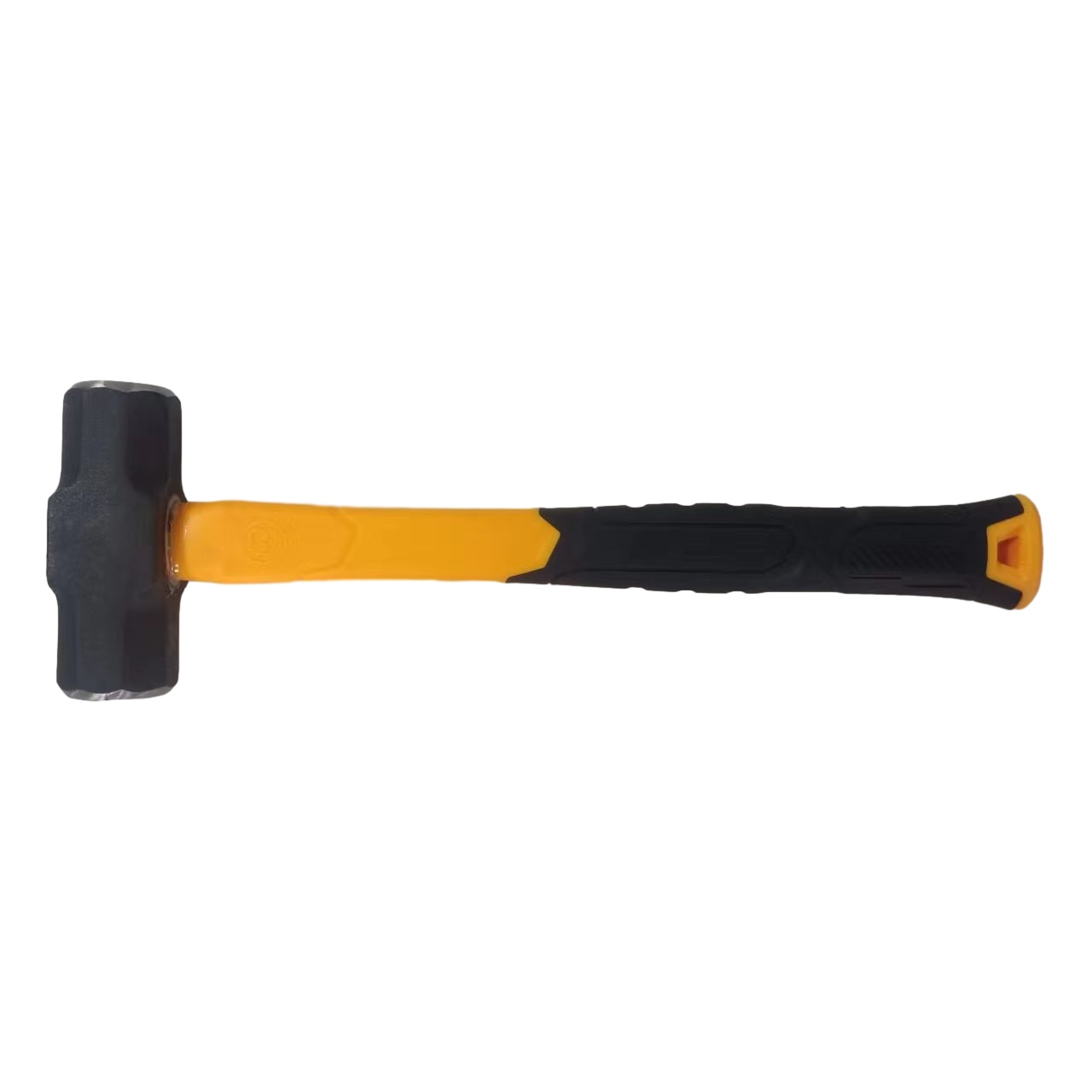
Beyond size, the design of the hammer wrench also plays a role. Some hammer wrenches feature an offset handle, which can provide added clearance and leverage in difficult-to-reach areas. The design of the striking end can also vary; some have a completely flat surface, while others might have a slightly rounded or contoured profile. The design you choose will depend on the specific tasks you undertake and the environment in which you work. For instance, an offset handle hammer wrench can be invaluable when working on machinery with protruding components that would otherwise obstruct a standard straight handle.
The Importance of a Durable Handle: Wood vs. Fiberglass for Your Striking Wrench
The handle of a striking wrench is a critical component that directly impacts the tool's durability, comfort, and safety. Common handle materials include wood (typically hickory) and fiberglass. Wooden handles offer excellent shock absorption and a comfortable grip. Hickory, in particular, is known for its strength and ability to withstand repeated impacts. However, wooden handles can be susceptible to damage from moisture, temperature changes, and overstrikes.
Fiberglass handles, on the other hand, are exceptionally durable and resistant to environmental factors. They are less likely to break or splinter compared to wood and require minimal maintenance. Fiberglass handles also offer good vibration reduction, though some users may find them less comfortable than wood over extended periods. The choice between wood and fiberglass often comes down to personal preference and the specific demands of the job. For heavy, consistent use in demanding environments, fiberglass might be the more practical choose. However, for many, the traditional feel and shock absorption of a wooden handle remain a preferred option. At our factory with 7 production lines, we offer both options to cater to diverse customer needs.
How to Safely Use a Hammer Wrench to Free Stubborn Fasteners?
Safety is paramount when using a hammer wrench. Always wear appropriate personal protective equipment (PPE), including safety glasses and gloves. Ensure the wrench fits snugly on the nut or bolt before striking. Position yourself firmly and strike the designated striking surface squarely with a hammer. Avoid glancing blows, which can damage the wrench or cause injury. Use controlled, deliberate strikes, gradually increasing force as needed.
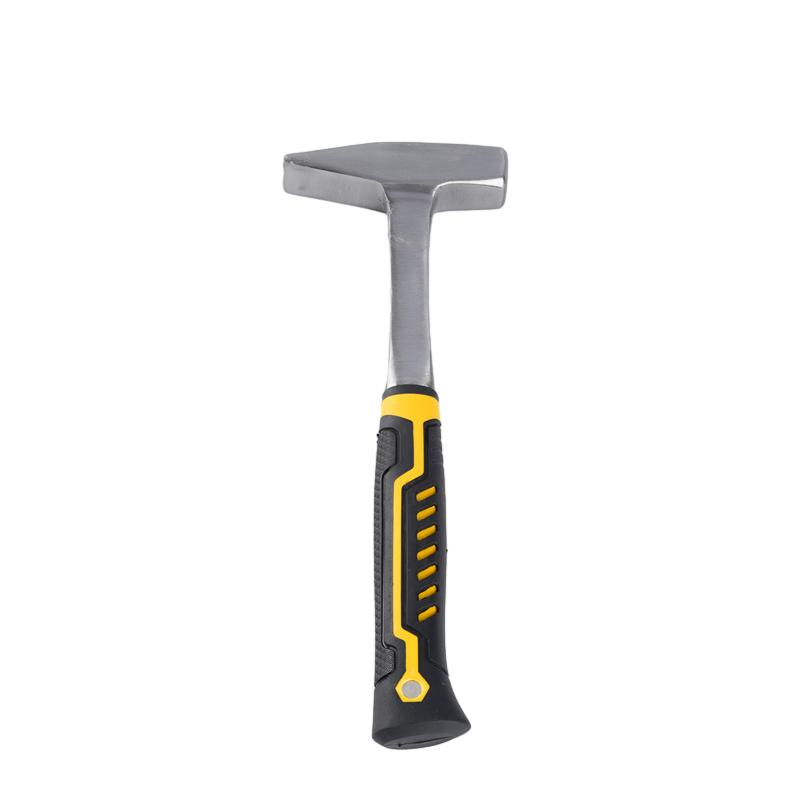
If the fastener remains stuck, avoid excessive force, which can damage the fastener or the wrench. Instead, consider applying penetrating oil and allowing it time to work. Also, ensure there is proper backup or resistance to the force you are applying to prevent the entire assembly from moving unexpectedly. Regularly inspect your hammer wrench for any signs of damage, such as cracks or deformation, and replace it if necessary. Remember, a damaged tool is a safety hazard. As a factory exporting to the USA, North America, and Europe, we prioritize safety in our design and manufacturing processes.
Beyond the Basics: Are There Other Types of Hammer Wrenches Available?
Yes, beyond the straight point and 6 point variations, there are other types of hammer wrenches available to suit specific applications. 12 point hammer wrenches, for example, offer more engagement points with the fastener, which can be advantageous in certain situations but may be more prone to rounding if the fit isn't precise. Offset hammer wrenches, as mentioned earlier, provide clearance around obstructions. Also known as slugging wrenches, these tools are designed for delivering powerful impacts. The specific type you need will depend on the common types of fasteners you encounter in your day-to-day work.
For more specialized tasks, you might find hammer wrenches with unique designs tailored for specific industries or fastener types. Understanding the range of available options allows you to select the most efficient and effective tool for the job. We, as a leading manufacturer, strive to offer a comprehensive range to meet the diverse needs of our B2B customers like Mark Thompson in the USA.
Matching the Right Hammer Wrench to Your Industry Needs.
The best hammer wrench for you will largely depend on your industry and the typical tasks you perform. Construction companies often require robust 6 point hammer wrenches in various sizes for working on heavy machinery and structural components. Carpentry workshops might find straight point or smaller 6 point options useful for occasional stubborn fasteners. Blacksmiths might utilize specialized hammer wrenches designed for specific forging tasks. Hardware retailers need a diverse selection to cater to their customer base. Outdoor equipment suppliers might focus on lighter, more portable options.
Consider Mark Thompson, our typical customer in the USA. As a company owner and procurement officer, he understands the need for both quality and competitive pricing. His main purchases include a variety of hammers and axes, but for certain industrial clients, hammer wrenches are essential. His key concerns, like quality inspection and certifications, are paramount for his business model of supplying hardware retailers and construction companies. Attending exhibitions is one way he finds reliable suppliers like us.
Where to Find High-Quality Hammer Wrenches for Your Business?
Finding a reliable supplier of high-quality hammer wrenches is crucial for businesses. Exhibitions are a great place to meet manufacturers and see their products firsthand. Online platforms and Google searches can also lead you to potential suppliers. When sourcing hammer wrenches, prioritize manufacturers who use high-quality materials like forged steel and offer durable handle options (both hickory and fiberglass). Certifications demonstrating compliance with international safety standards are also important.
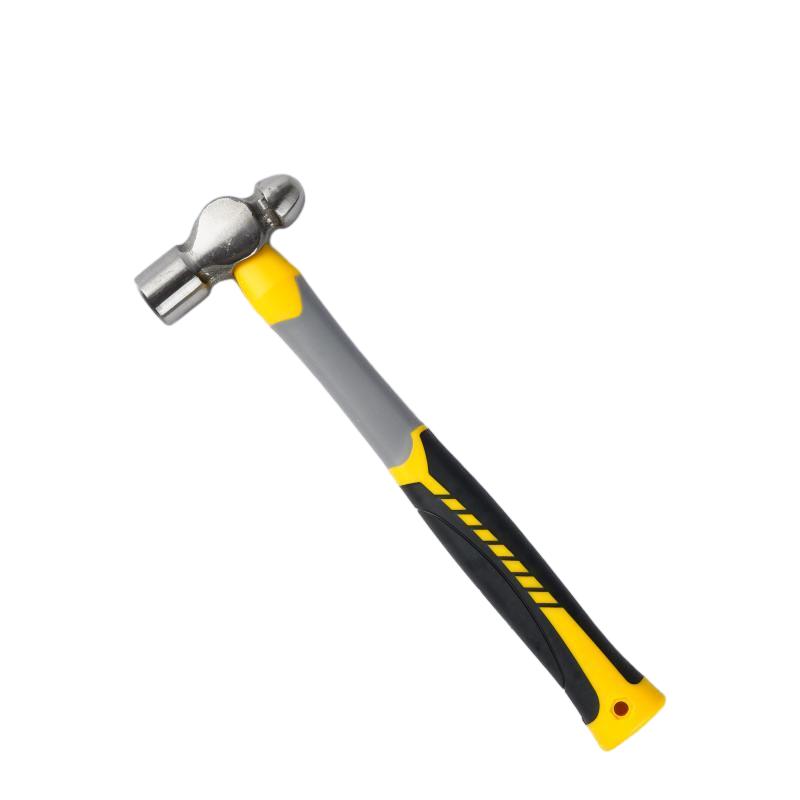
As a factory with 7 production lines in China, we, at JTW Tools, understand the importance of quality and reliability. We export our hammers and axes, including a range of hammer wrenches, to the USA, North America, Europe, and Australia. Our products are designed with ergonomic handles and durable materials to withstand the rigors of professional use. We cater to B2B clients like construction companies and hardware retailers, offering various types and sizes of hammer wrenches to meet their specific needs. We understand the pain points of our customers, such as the need for efficient communication and timely shipments. You can learn more about our metal hand tools roofing straight claw hammer with wooden handle or our carbon steel ball pein hammer with wooden handle. For heavy-duty applications, our shockproof fiberglass handle steel sledge hammer octagonal tool hammer offers exceptional performance.
Key Takeaways:
- Hammer wrenches are essential for loosening stubborn fasteners.
- 6 point wrenches offer superior grip for high-torque applications.
- Straight point wrenches can be useful in tight spaces.
- Handle material (wood or fiberglass) impacts durability and comfort.
- Safety precautions are crucial when using a hammer wrench.
- Various types of hammer wrenches are available for specialized tasks.
- Choose a supplier who prioritizes quality and certifications.
- Consider the specific needs of your industry when selecting a hammer wrench.
- Proper technique ensures efficient and safe use.
Post time: 12-31-2024





